The Pontiac GTO Judge stands as a testament to the golden era of American muscle cars. With its daring design and formidable performance capabilities, it still captures the imagination of car enthusiasts and collectors. Delving into the origins of the GTO Judge, its production timeline, and its current status in the collector car market reveals a fascinating story of automotive innovation and cultural impact.
The Origins of the Pontiac GTO Judge
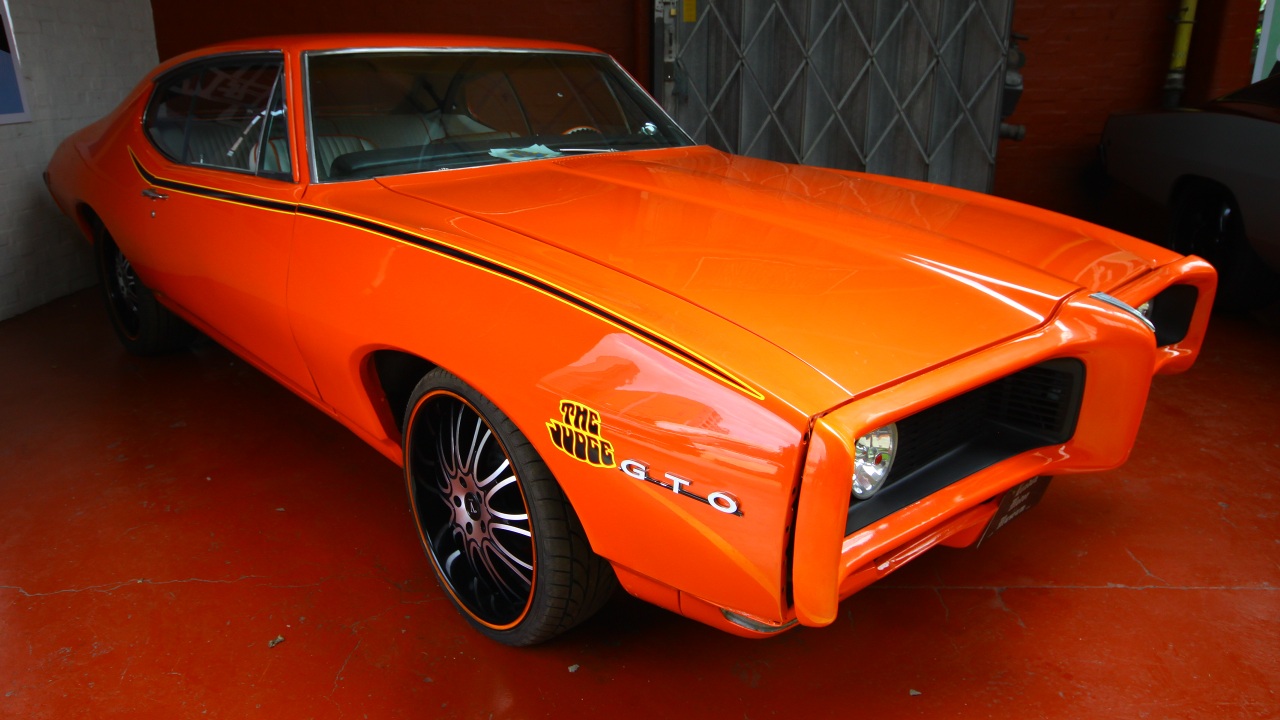
Conception and Development
The Pontiac GTO Judge was born out of a desire to offer a high-performance vehicle that could rival the best on the market. Conceptualized during a time when muscle cars were gaining popularity, the GTO Judge was Pontiac’s answer to the growing demand for speed and style. John DeLorean, then head of Pontiac’s division, played a crucial role in the development of the GTO Judge. Alongside his team, he introduced innovative features and design elements that set the Judge apart from its competitors.
The development process was marked by a commitment to performance and style. DeLorean’s team focused on creating a car that was not only powerful but also visually striking. The GTO Judge boasted enhancements in both engine performance and aesthetic appeal, making it a standout in the muscle car lineup. The introduction of the GTO Judge was a strategic move by Pontiac to capture a larger share of the muscle car market.
Marketing Strategy and Naming
The name “Judge” was inspired by a popular comedy routine on the television show “Rowan & Martin’s Laugh-In,” which featured a character known for the catchphrase “Here comes the judge.” This cultural reference lent the GTO Judge a sense of contemporary relevance and humor, appealing to a younger demographic. Pontiac’s marketing strategy capitalized on this cultural phenomenon, positioning the Judge as a fun yet formidable vehicle in the muscle car arena.
Pontiac’s marketing efforts further distinguished the Judge from other GTO models. Bold advertising campaigns and promotional materials highlighted the car’s unique features and performance capabilities. Through clever marketing and strategic branding, the GTO Judge quickly became a symbol of power and style, setting itself apart in the crowded muscle car market.
Production Years and Key Features
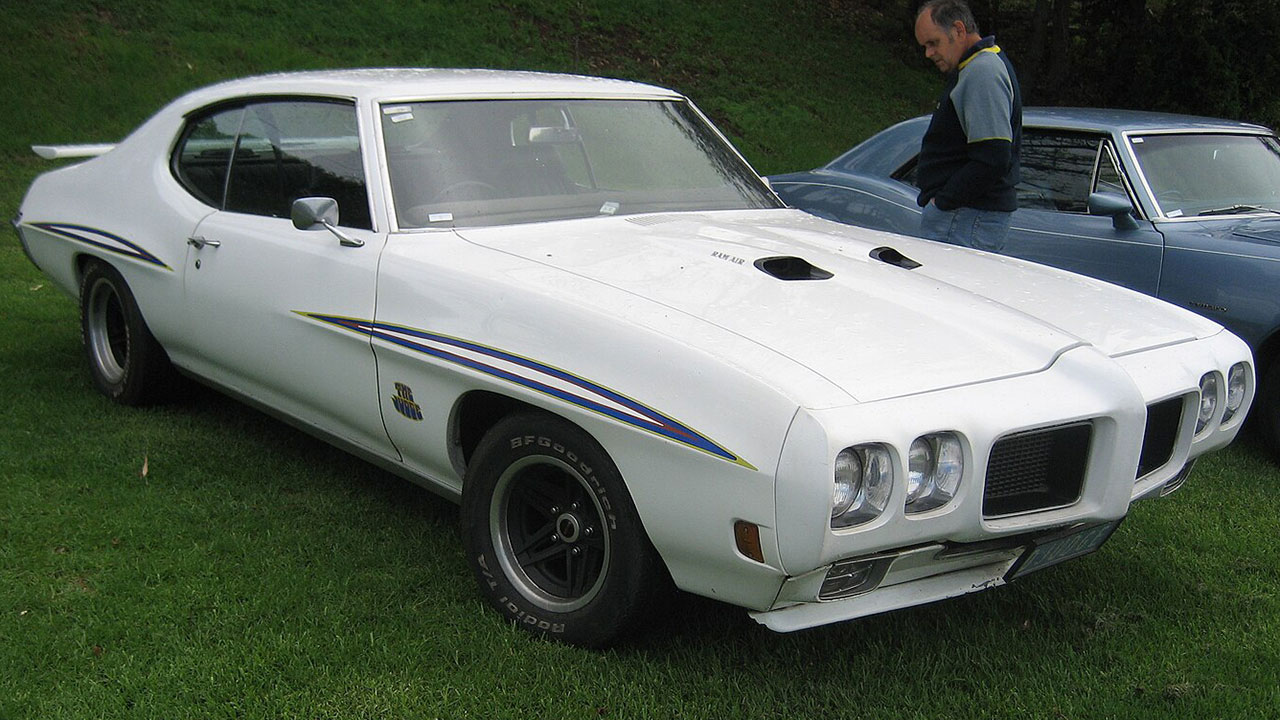
Production Timeline
The Pontiac GTO Judge was produced from 1969 to 1971, a brief yet impactful run in automotive history. During these years, the Judge underwent several iterations, each with its own set of features and improvements. The 1969 model year marked the introduction of the Judge, featuring a 366-horsepower Ram Air III engine and eye-catching styling elements like the Carousel Red paint and bold “Judge” decals.
In 1970, the GTO Judge received significant upgrades, including the option for the even more powerful Ram Air IV engine. Production numbers for this year were lower than in 1969, adding to the model’s rarity and appeal among collectors. By 1971, tightening emissions regulations and changing consumer preferences led to the discontinuation of the GTO Judge, making it a sought-after classic in the years to follow.
Unique Features and Specifications
The GTO Judge was renowned for its distinctive features and specifications, which set it apart from the standard GTO models. Key design elements included a rear spoiler, bold striping, and the iconic “The Judge” decals. Under the hood, the Judge offered a range of powerful engine options, including the Ram Air III and Ram Air IV, providing exceptional performance and acceleration.
Compared to the standard GTO models, the Judge featured upgraded suspension components and wider tires, enhancing its handling and road performance. These enhancements, combined with its striking design, made the GTO Judge a standout on the road and in the showroom. The Judge’s unique blend of style and performance cemented its reputation as a premier muscle car of its time.
Cultural Impact and Legacy
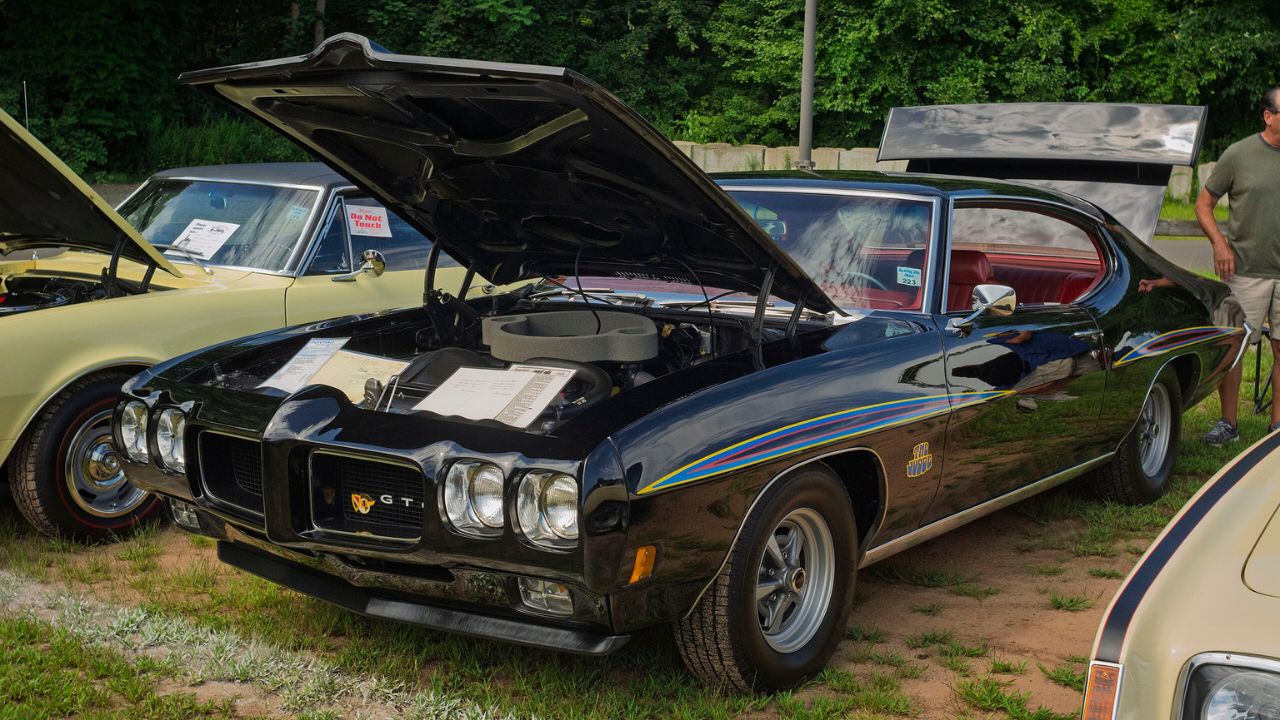
Influence on the Muscle Car Era
The GTO Judge played a significant role in shaping the muscle car era, influencing both automotive design and consumer expectations. As one of the most recognizable models from the era, the Judge helped define the characteristics of a true muscle car: power, performance, and style. The introduction of the Judge spurred competition among automakers to produce vehicles that could match its capabilities and appeal.
The cultural and social factors of the late 1960s and early 1970s contributed to the Judge’s enduring popularity. As a product of its time, the Judge embodied the spirit of rebellion and individualism that was prevalent in American society. Its continued popularity among collectors and enthusiasts speaks to its lasting impact on the automotive world.
Media and Pop Culture
The GTO Judge’s appearances in movies, television, and other media have further solidified its legendary status. Films like “Two-Lane Blacktop” and television shows featuring muscle cars have kept the Judge in the public eye, contributing to its cultural legacy. These media representations have helped maintain the car’s allure and desirability among new generations of car enthusiasts.
Pop culture depictions of the GTO Judge have not only preserved its iconic status but also introduced it to new audiences. The car’s inclusion in films and shows serves as a testament to its enduring appeal and influence on automotive culture. As a result, the Judge remains a symbol of the muscle car era’s heyday, celebrated by fans and collectors alike.
Collector Values and Market Trends Today
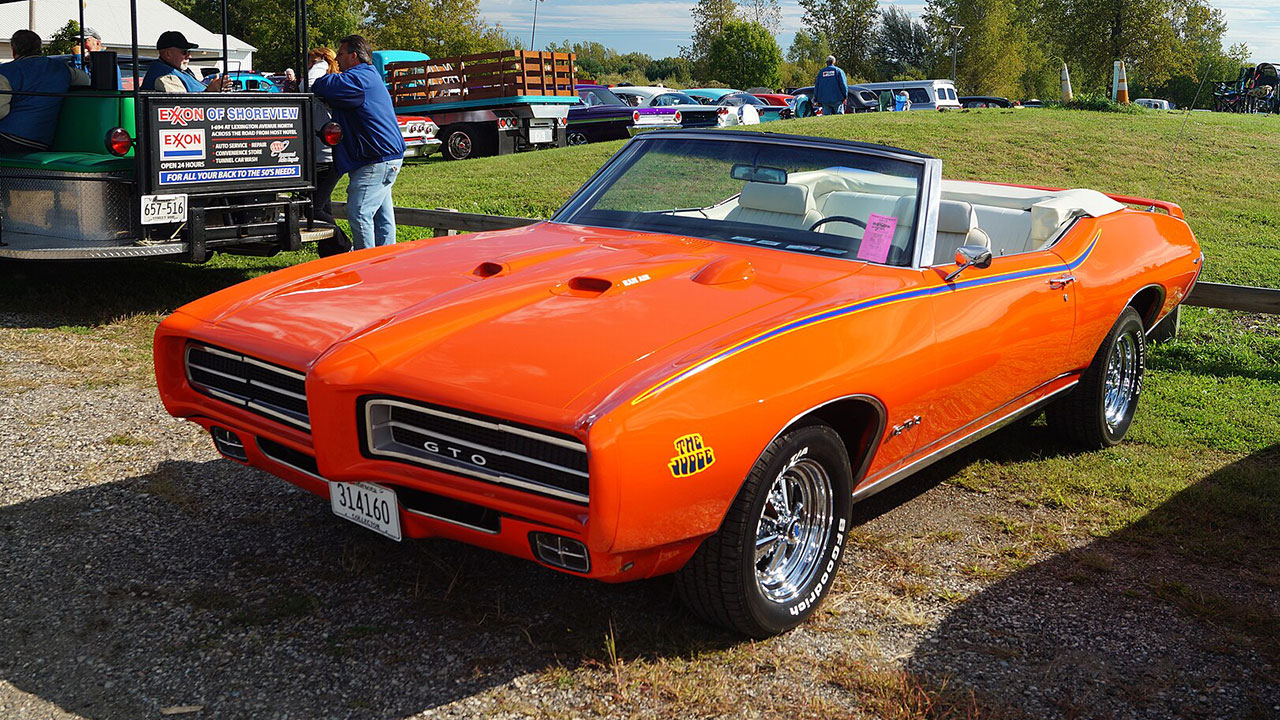
Current Collector Market
The GTO Judge continues to be a coveted item among car collectors, with its value reflecting its rarity and historical significance. Current market trends show a steady demand for well-preserved models, with auction prices often reaching six figures for pristine examples. Factors such as model year, condition, and original features heavily influence the car’s value in the collector market.
For collectors, the 1969 and 1970 models of the GTO Judge are particularly desirable due to their lower production numbers and unique features. The car’s status as a cultural icon and its limited production run contribute to its high demand and value. Collectors often seek models with original paint, decals, and engine components, as these factors significantly impact the car’s market value.
Investment Potential
The GTO Judge’s potential as a long-term investment is worth considering for collectors and enthusiasts. As a classic muscle car with a storied history, the Judge offers both financial and aesthetic appeal. Investing in a GTO Judge can yield significant returns, especially for well-maintained models with documented histories and original parts.
Certain models of the GTO Judge are more desirable and valuable due to their rarity and condition. For instance, the 1970 Ram Air IV models are highly sought after due to their exceptional performance and limited production numbers. As the market for classic cars continues to grow, the GTO Judge remains a sound investment for those looking to capitalize on its historical significance and enduring popularity.
Preservation and Restoration
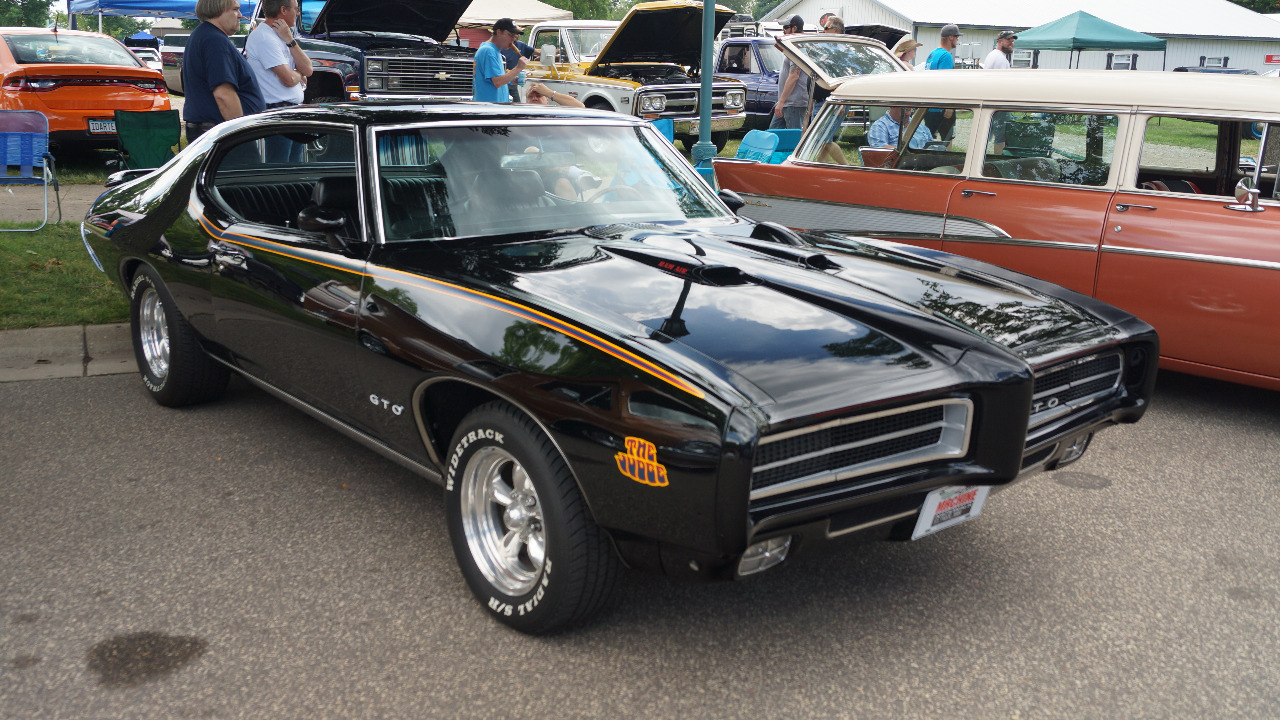
Challenges in Restoration
Restoring a GTO Judge presents unique challenges due to the need for authenticity and originality. Enthusiasts often face difficulties in sourcing authentic parts, as many components are no longer in production. Ensuring the originality of the car’s paint, decals, and engine parts is crucial for maintaining its value and appeal.
Restoration projects require careful attention to detail and a commitment to preserving the car’s historical integrity. Owners must navigate the complexities of restoring a vehicle while balancing the desire for modern performance upgrades. Despite these challenges, restoring a GTO Judge can be a rewarding endeavor, providing a sense of accomplishment and connection to automotive history.
Community and Resources
The GTO Judge community offers valuable resources and support for enthusiasts and collectors. Online forums and clubs provide a platform for sharing information, tips, and advice on restoration and maintenance. These communities play a crucial role in preserving the legacy of the GTO Judge, fostering a sense of camaraderie among fans.
Organizations such as the Pontiac-Oakland Club International and various online forums offer enthusiasts a wealth of information and networking opportunities. These resources are invaluable for those seeking to preserve the history and heritage of the GTO Judge. Through these networks, enthusiasts can exchange knowledge, share experiences, and celebrate the enduring legacy of this iconic muscle car.
Like Fast Lane Only’s content? Be sure to follow us.
Here’s more from us:
*Created with AI assistance and editor review.

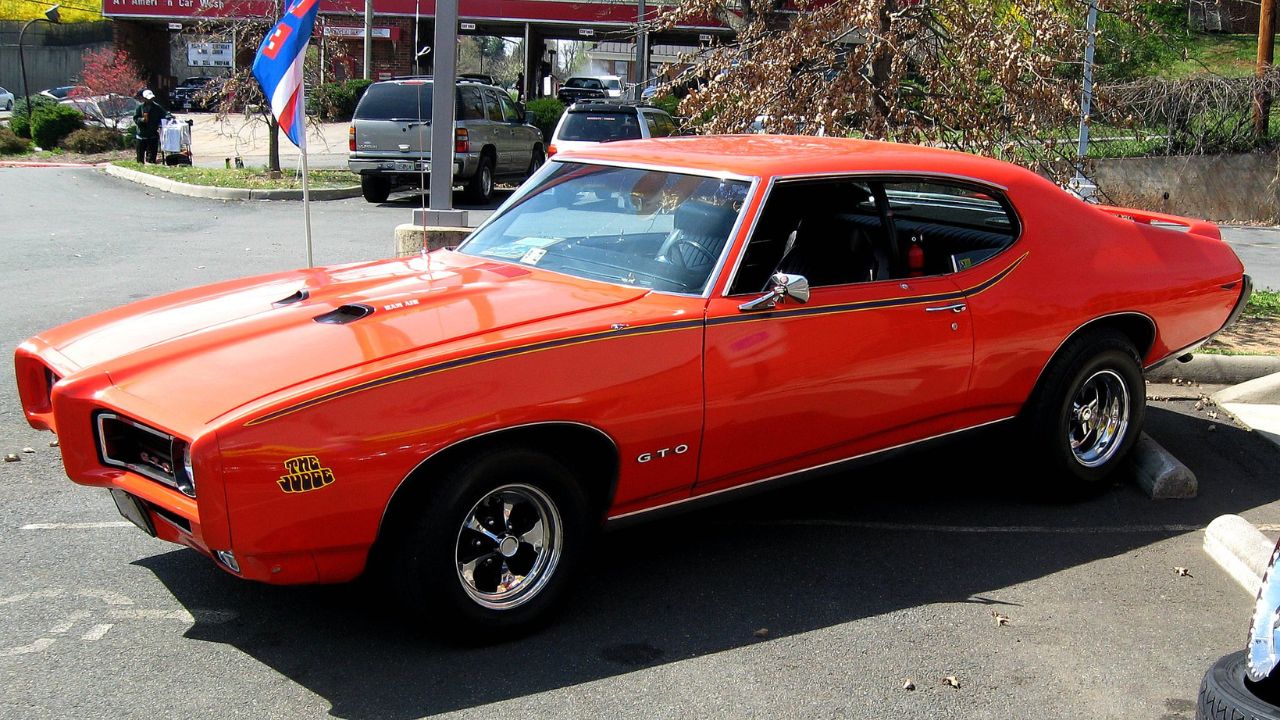


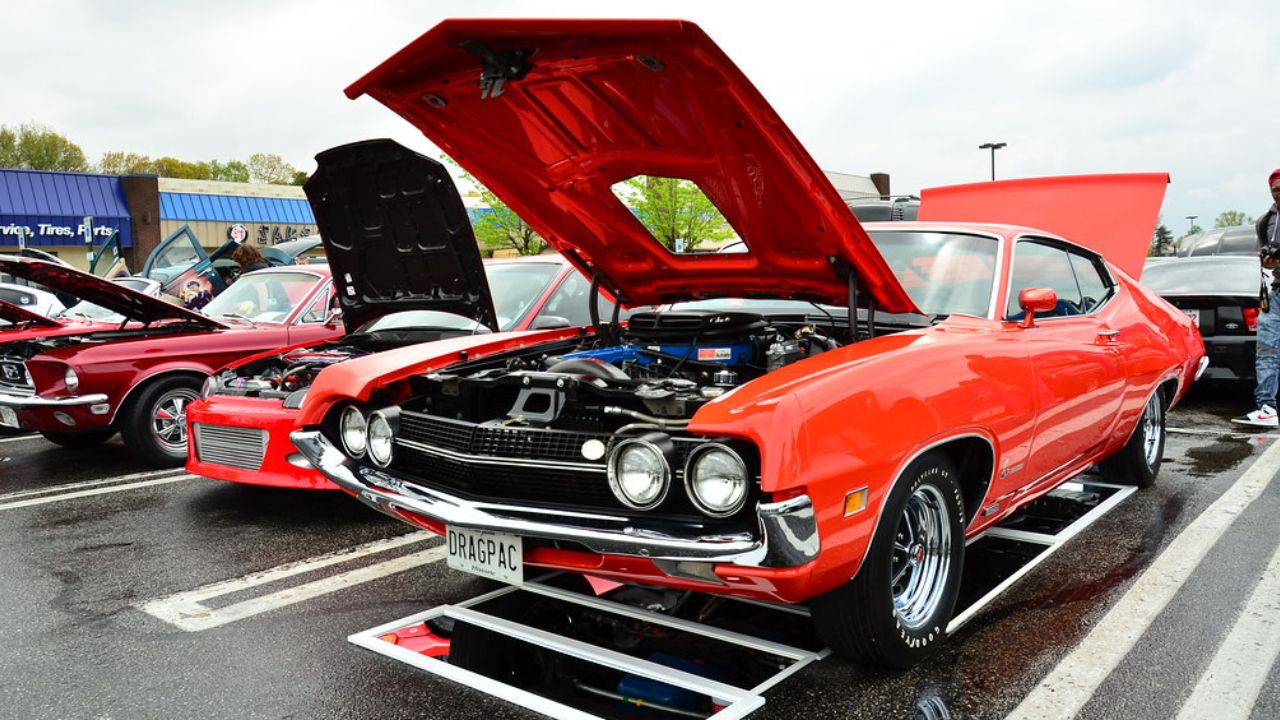


Leave a Reply